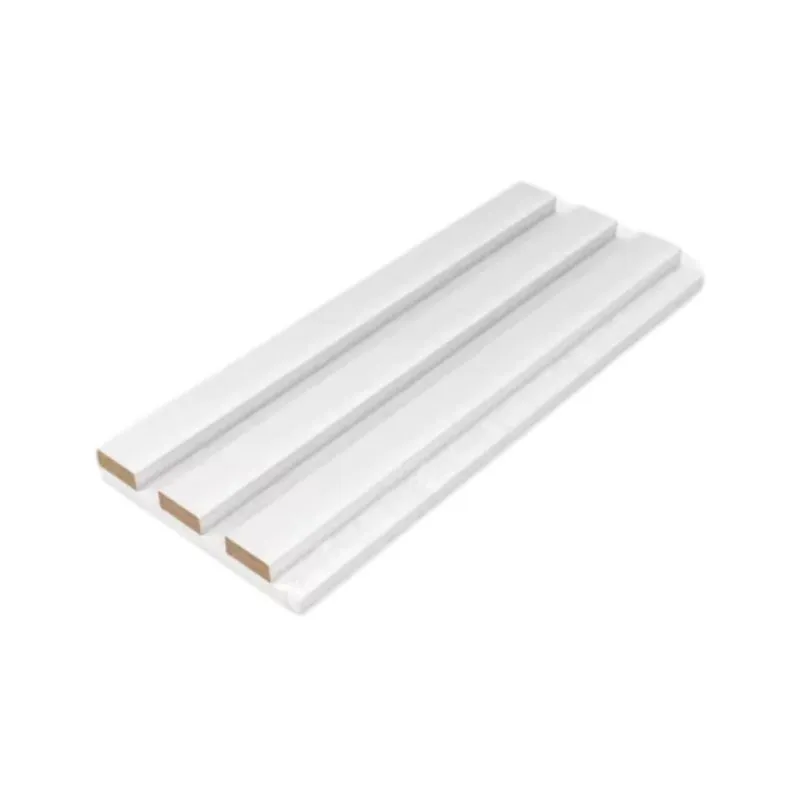The Importance of Acoustic Panels for Voice Recording
When it comes to voice recording, whether for podcasts, audiobooks, or music, achieving clear and professional sound quality is paramount. One of the key elements that contribute to superior audio fidelity is the use of acoustic panels. These panels are essential in controlling ambient noise and reverberation within a recording space. Let's explore why acoustic panels are crucial for voice recording and how they can significantly improve your audio quality.
Understanding Acoustic Panels
Acoustic panels are specially designed materials that absorb sound waves, helping to reduce noise and echo in a room. They are typically made from porous materials, such as foam or fabric-covered fiberglass, which capture sound energy and prevent it from bouncing off hard surfaces like walls and ceilings. By minimizing these reflections, acoustic panels ensure that recorded voices sound clearer, making them an indispensable tool for anyone looking to produce high-quality audio.
Reducing Reverberation
Reverberation is the persistence of sound in a particular space after the original sound has been produced. While a certain amount of reverb can add depth to music recordings, excessive reverberation can muddle vocals, making it difficult for listeners to understand the spoken word. This is especially critical in voice recordings, where clarity and precision are non-negotiable. By strategically placing acoustic panels around the recording area, reverb can be significantly reduced, resulting in a cleaner sound that enhances vocal performances.
Controlling External Noise
In addition to reducing internal echoes, acoustic panels can also help control external noise. Background sounds such as traffic, air conditioning, or people talking can interfere with recordings, making interviews or solo performances sound unprofessional. Acoustic panels provide a level of soundproofing, helping to diminish the impact of external disturbances. This is vital for ensuring that the listener's focus remains on the recorded voice rather than on distracting noises.
acoustic panels for voice recording

Improving Sound Quality
Investing in acoustic treatment is a proactive approach to improving overall sound quality. Without proper acoustic treatment, sound waves can scatter unpredictably, leading to a disorganized and cluttered audio landscape. By incorporating acoustic panels into your recording environment, you create an acoustically balanced space. This not only results in clearer vocals but also allows for a more controlled recording environment where nuances in voice can be captured more effectively.
Versatility and Aesthetics
Acoustic panels are versatile and come in various shapes, sizes, and colors. This makes it easy to blend them into your recording studio's décor while still achieving their practical sound-absorbing purpose. Whether you prefer a modern or a more traditional look, there are numerous options available that can complement your studio's aesthetics. This means you don’t have to sacrifice style for functionality when setting up your recording space.
Installation and Placement
To maximize the effectiveness of acoustic panels, proper installation and placement are key. Ideally, panels should be positioned at reflection points—areas where sound waves bounce off surfaces. Common locations include the walls behind and beside the microphone, the ceiling, and even the floor if necessary. The goal is to create a balanced sound environment that minimizes unwanted reflections and echoes.
Conclusion
In conclusion, acoustic panels are an essential component for anyone serious about voice recording. They help to reduce reverberation, control external noise, and improve overall sound quality, resulting in clearer and more professional audio recordings. With various styles available, they can also enhance the aesthetic appeal of your recording space. Whether you're a podcaster, musician, or voice actor, incorporating acoustic panels into your setup will undoubtedly benefit your recordings and set you on the path toward producing high-quality audio content. Don’t underestimate the impact of a well-treated room; it could be the difference between an average recording and a truly outstanding one.
-
Waterproof Dog Blankets for Indoor and Outdoor UseNewsAug.01,2025
-
Sustainable Wool Cat Beds Eco-Friendly Choices for Pet OwnersNewsAug.01,2025
-
Snuffle Ball Benefits for Dogs Mental Stimulation and ExerciseNewsAug.01,2025
-
Puppy Treat Puzzles as Social Tools Fostering Bonding Through PlayNewsAug.01,2025
-
Custom Wooden Pet Houses Tailored to Your Pet’s PersonalityNewsAug.01,2025
-
Corrosion Resistance in Environments: A Guide for Washer Hose ClampsNewsAug.01,2025
